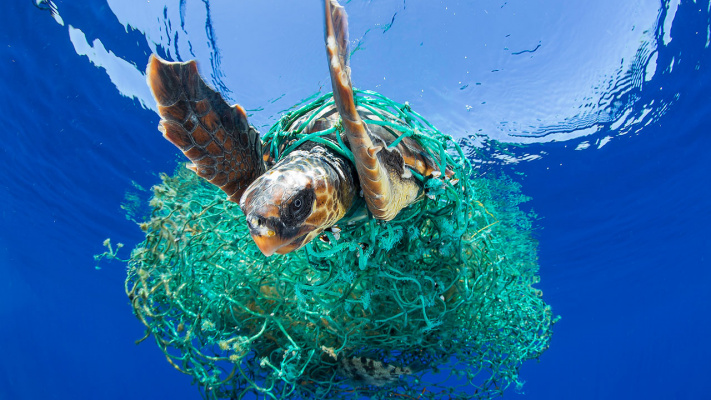
Remove the Plastic from the Great Pacific Garbage Patch!

 Maxine K. signed
just now
Maxine K. signed
just now  Adam B. signed
just now
Adam B. signed
just now 
Intro: Roughly halfway between California and Hawaii lies a patch of plastic 3 times the size of France, containing about 1,800,000,000,000 pieces of plastic weighing over 80,000 tons. It spans 1.6 million square kilometers and the only groups doing anything about this are non-profit organizations. This humongous garbage patch is known as the Great Pacific Garbage Patch. It was only discovered recently in the late 1900's and the lack of awareness about has led to it getting bigger and bigger. It is not easily seen from the sky since pieces of plastic and trash are underwater. Trash in the patch come from both Asia and the United States when the trash travels through gyres that transport it across the ocean. It takes approximately 6 years for trash to reach the patch from the united states while is takes approximately 1 year for trash to reach the patch from Asia.
Effects on Marine: The effects of the amount of trash is detrimental. Due to the plastic's size and color, lots of species of fish and other marine animals are being threatened as they mistake plastic for food. The plastic gets stuck in their gills killing them. 17% of species of fish that are affected by plastic are on the Red List for Threatened Species. There is 180x more plastic at the surface of the water than marine life. In addition to plastic getting eaten by marine animals, the plastic gets stuck on the fins and shells of marine wildlife. The plastic harms both near-extinct animals and animals with a steady population, which affects the wildlife and fishing industry as the food chain could be ruined in the long run.
Effects on Us: When plastic enters marine life, any predator that eats the animal with plastic gets contaminated from the plastic. Eventually, it is possible that the plastic reaches humans eating fish, the plastic could make it's way into the human's body. The United Nations reported that the approximate environmental damage caused by plastic to marine ecosystems represents 13 billion dollars, which includes the costs to clean up beaches and losses by fisheries. At this rate, as time goes on and the patch increases size, the amount of damage will increase harming the fishing industry greatly. In addition, if the Great Pacific Garbage Patch continues to grow, it could reach land and be too large to stop.
The Ocean Cleanup: The Ocean Cleanup is organization that focuses on cleaning up the ocean, specifically the Great Pacific Garbage patch. In 2015, they went on a Multi-Level-Trawl expedition in which a new device invented that collected trash up to 5 meters deep was used to collect trash and collect data. They took 30 vessels and 652 surface nets and crossed the entire Great Pacific Garbage Patch. In total, they returned with 1.2 million pieces of plastic samples and analysed them. In 2016, an Ariel Expedition took place in which C-130 Hercules aircraft with advanced technology and came back with over 7,000 mosaics. With all of this, they took the information back to the lab. In addition, The Ocean Cleanup has a web page specifically for the Great Pacific Garbage Patch that I got most of my information from.
The Best Solution: The solution to take out the plastic in the ocean and minimize the amount that goes in is left up to the experts. The California State Government and possibly the United States Federal Government can help fund organizations such as The Ocean Cleanup and 5 Gyres who already attempt to clean up the ocean. 1.7% of state taxes in California go towards Environmental Protection, and by using some of that tax money to fund these organizations, the government can increase what the organizations do on their expeditions. By recreating the expeditions described above, but on larger scales funded by the government, we can stop the growth of the garbage patch and even solve it forever.
Prevention Method: Unless extremely major changes are made to today's society, even if the patch is cleaned up, plastic will enter the ocean and make its way to the location of the garbage patch. Since it is hard to limit the amount of plastic that ends up in the ocean, a solution is to have large companies use biodegradable plastics. On average, it takes around 450 years for plastic to decompose. Therefore, plastic in the garbage patch could remain for around 450 years until it decomposes. Meanwhile, biodegradable plastic takes up to 6 months to decompose. So, if large companies that use a lot of plastic items such as restaurants convert to biodegradable plastic, even though the same amount of plastic will end up in the ocean, the plastic will decompose fast causing the garbage patch to be smaller, allowing for an easier cleanup.



Enter your details on the next page
Comment
See More 0